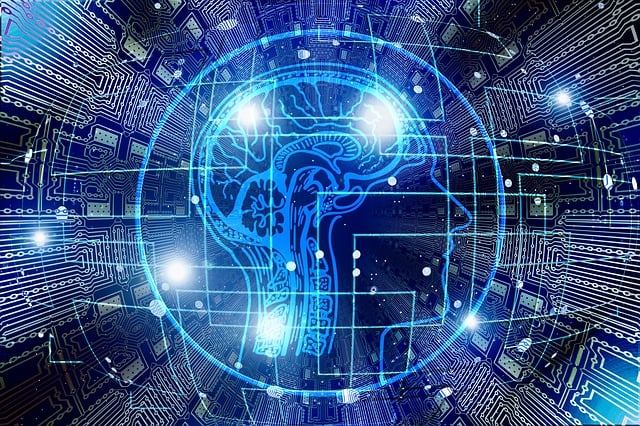Cybersecurity and Artificial Intelligence
Cybersecurity is one of the most relevant topics today. With the increasing dependence on technology in daily life, companies and organizations are exposed to a greater risk of suffering cyber attacks. The artificial intelligence has proven to be an effective tool for improve cybersecurity risk management. In this article, we will explore how AI can help us in cybersecurity risk management.
A clear case where it can help is in the detecting and preventing cyber attacks before they occur. Cyberattacks can be very sophisticated and difficult to detect. For example, a phishing attack may look like a legitimate email sent by a trusted company. However, by identifying patterns in emails, you can detect possible phishing.
More precise analysis thanks
Another use in which it can help us is in detecting vulnerabilities in your IT infrastructure by analyzing large amounts of data to identify patterns in network behavior and detect possible vulnerabilities. This allows companies to address vulnerabilities before they are exploited by an attacker. Through this same analysis, we will also be able to detect anomalous behavior that may indicate that our systems have been compromised by a potential malware attack.

In the area of response, once a company has detected that it is suffering a cyber attack, it is important that the company responds quickly to minimize damage. It can help us determine the magnitude of the attack and the affected areas. It can also help the company identify the source of the attack and take steps to stop it.
Likewise, and outside of incident detection and response, this technology can also be used to improve risk management efficiency of cybersecurity by analyzing the large amount of data related to cybersecurity and identifying the previously mentioned patterns and trends, studying and automating tasks related to cybersecurity risk management, thus allowing the efforts of cybersecurity professionals to be focused on more tasks. critics.
With limitations
However, AI is not a magic solution for cybersecurity risk management, and also has many limitations and should not be thought of as a substitute for security professionals. Likewise, and just as we have discussed the benefits that this technology can bring us, it is worth remembering that it is also available for use by attackers who want to access our systems or cause any type of problem to carry out more sophisticated cyberattacks.
For all this, the conclusion that we can draw from the emergence of Artificial Intelligence in the world of Cybersecurity is that we have to take advantage and take advantage of it as another tool, that if we can provide it with a large amount of data from our organization, and work on the appropriate use cases, it will be of great help to us in the automation of certain more mechanical or tedious processes, allowing us to focus the efforts of professionals on providing the experience and knowledge at those points where you contribute the most value to the organization.

artificial intelligence has great potential to improve cybersecurity, but it also has certain disadvantages. On the positive side, it can be used to identify patterns and anomalies in large data sets, allowing cyberattacks to be detected more quickly and accurately. It can also be used to automate response to attacks and to better protect critical data and systems.
However, it also has some disadvantages. For example, machine learning algorithms used to train AI systems can be tricked by clever attackers who change their behavior to avoid detection. There is also concern that AI systems can be used to carry out advanced cyber attacks, such as social engineering, by generating personalized messages that appear authentic to deceive users.
Companies have to take great care of the cybersecurity of their systems. To learn everything you need to develop effective plans, consider our Professional Master in Cybersecurity Management, Ethical Hacking and Offensive Security.



































